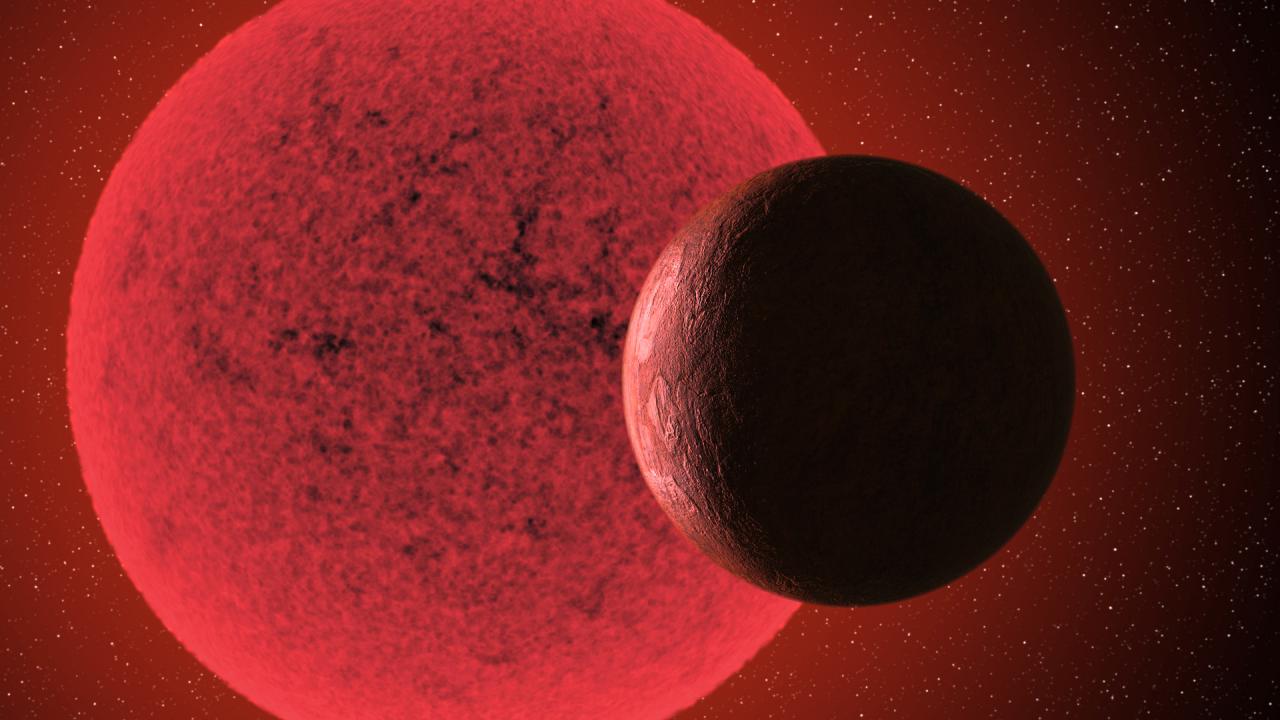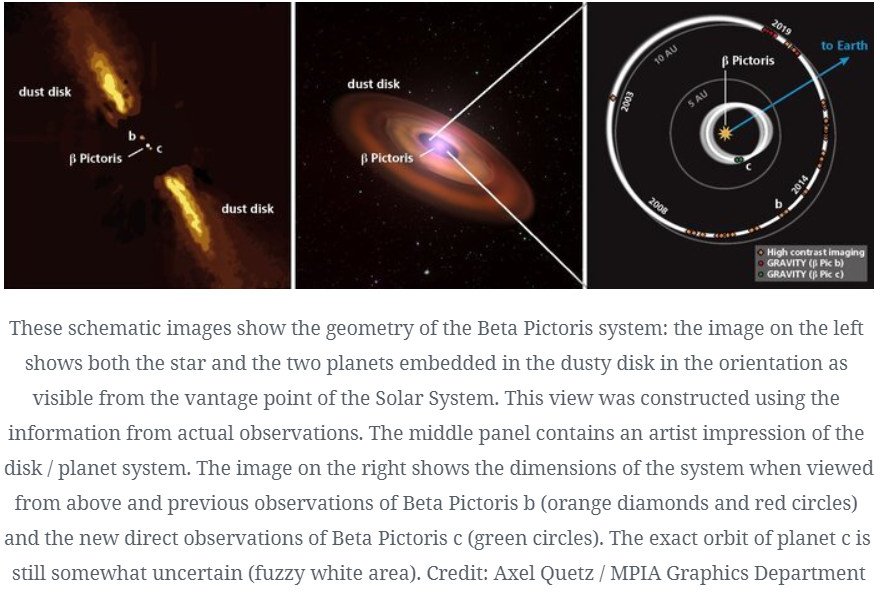
An international team of astronomers has discovered a new warm Jupiter exoplanet orbiting a distant G-type star. The newfound alien world, designated TOI-4515 b, is similar in size to Jupiter but about two times more massive than it. The finding was detailed in a paper published Nov. 20 on the pre-print server arXiv.
TESS is currently performing a survey of approximately 200,000 of the brightest nearby stars with the main goal of searching for transiting exoplanets. So far, it has identified nearly 7,000 candidate exoplanets (TESS Objects of Interest, or TOI), of which 402 have been confirmed.
Warm Jupiters are gas giant planets with orbital periods between 10 and 200 days...
Read More








Recent Comments